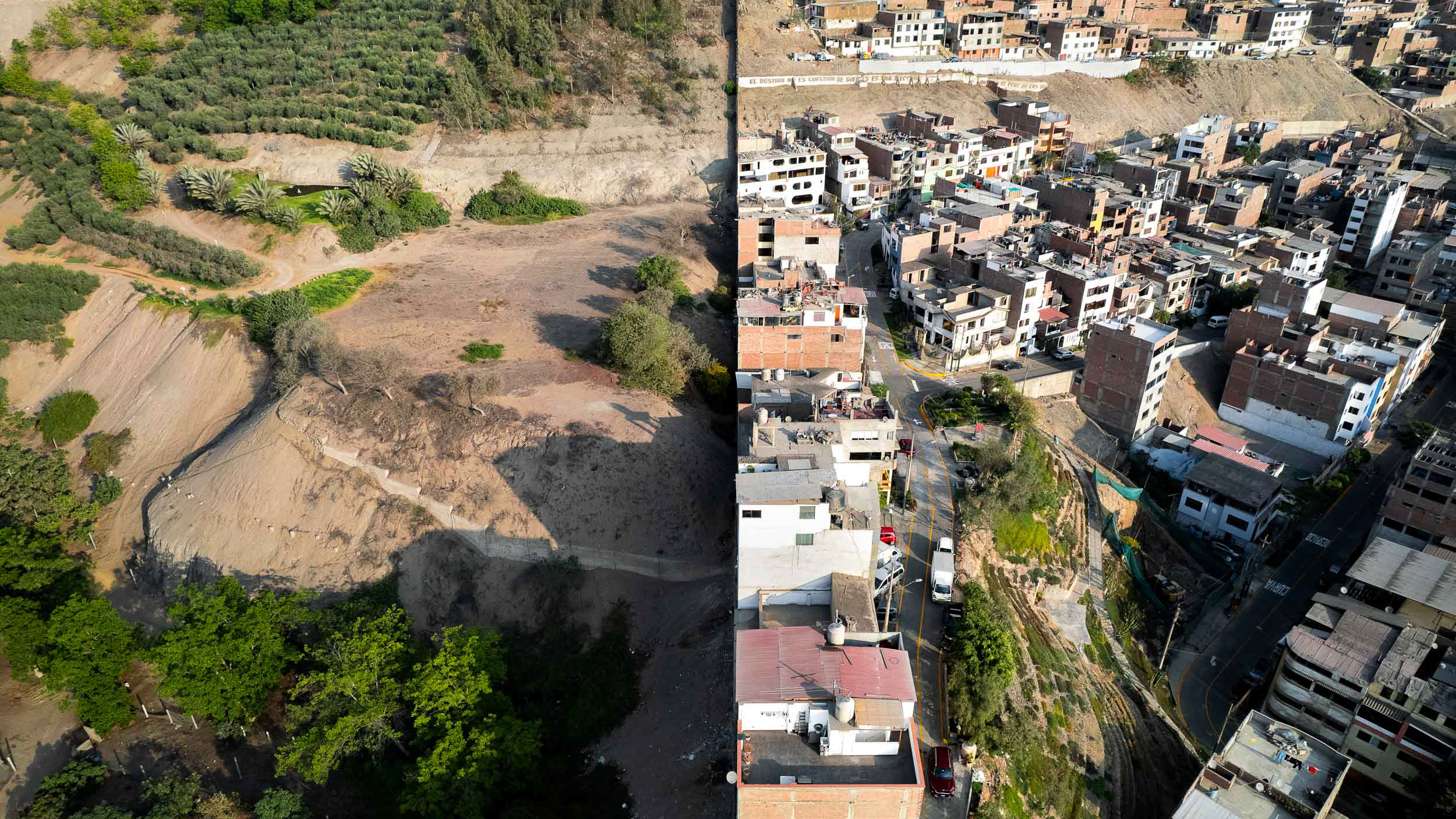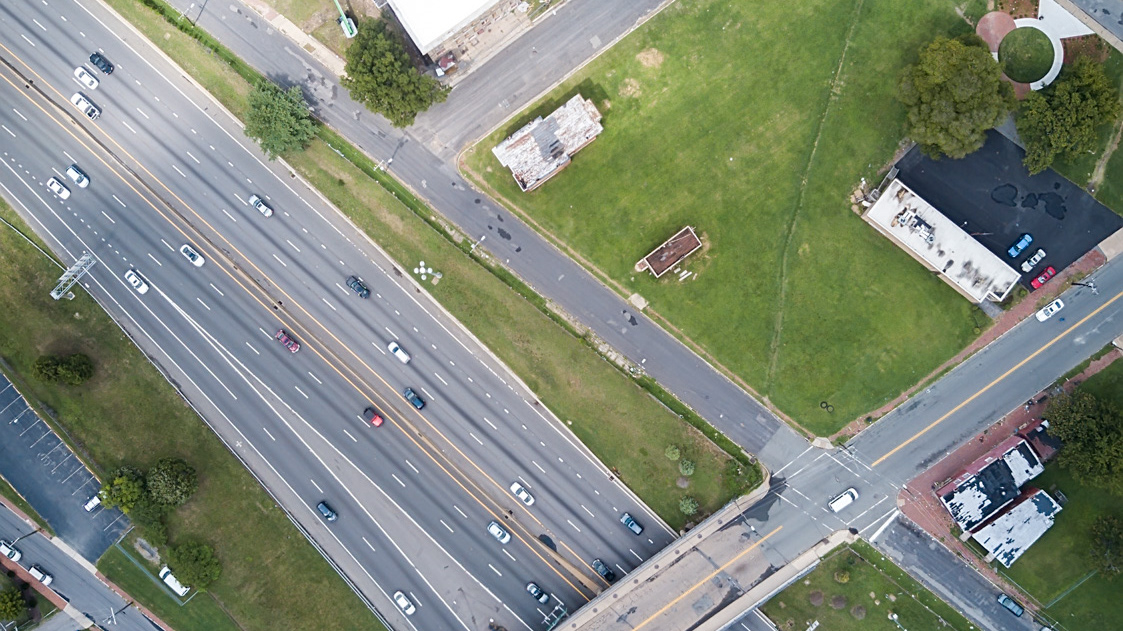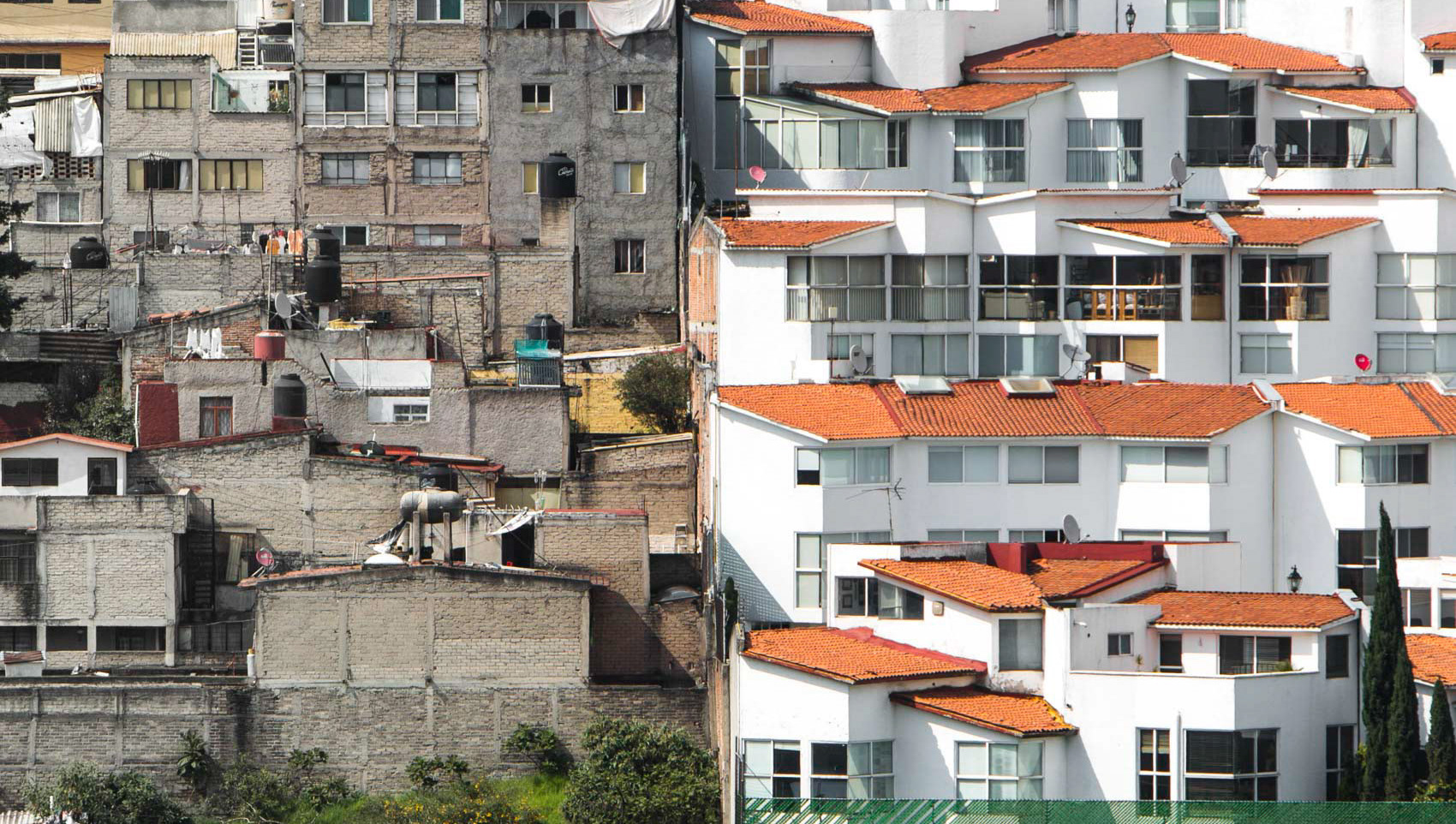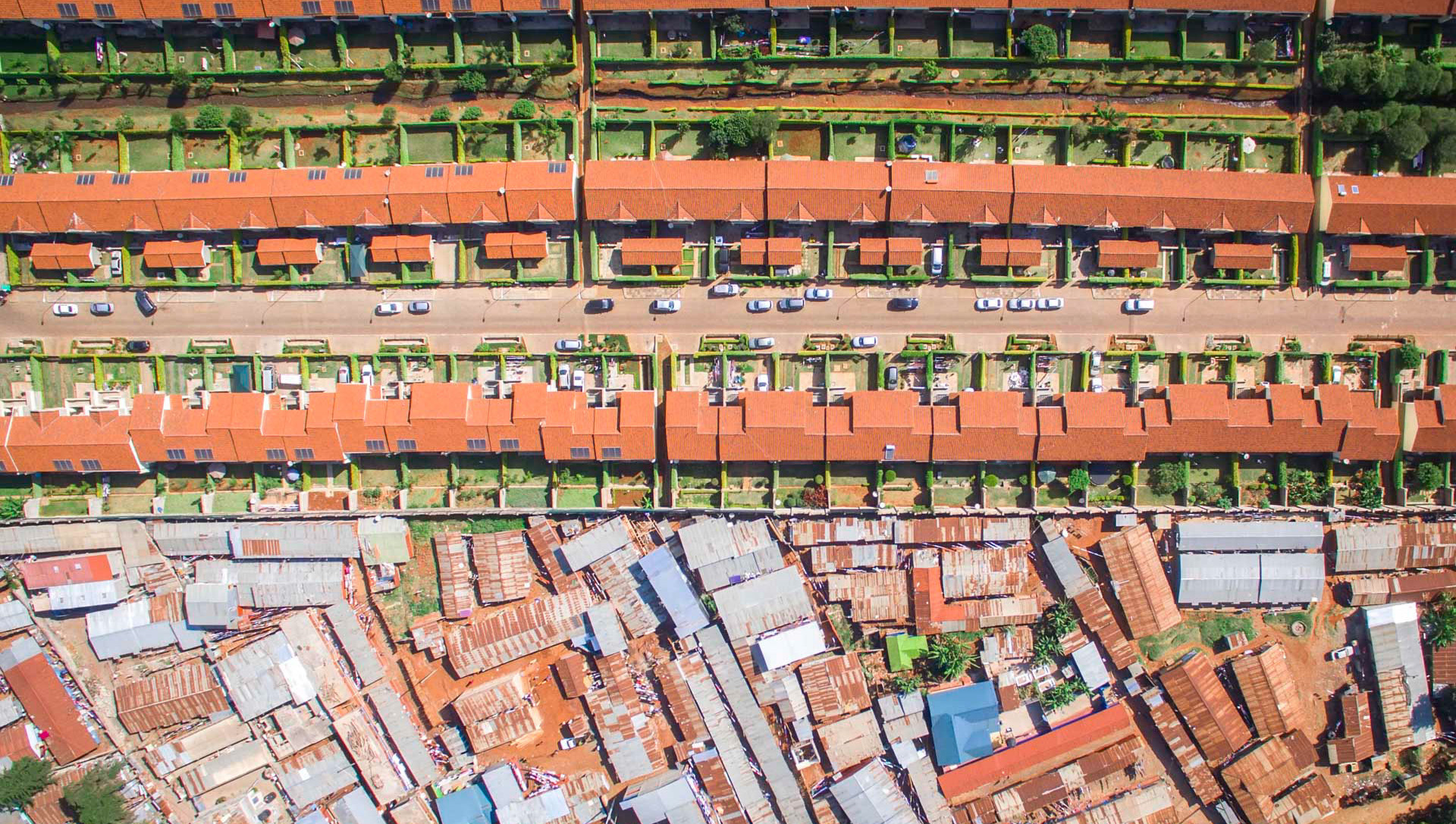Some of Baltimore's estimated 16,000 abandoned properties on the West Side. Unlike Detroit, which received federal funding to clear blighted areas, Baltimore has cleared almost none.
The "Road To Nowhere" is an extension to I-70 which never materialized. It now sits as a gigantic eyesore, ditch, and little-used road which extends 1.4 miles in West Baltimore.
"Not only from the highway (the I-70 extension that never materialized), but also disinvestment, the redlining, the lack of employment. Because if we say housing was lost, churches were lost, we have to remember also businesses were lost. And oftentimes people have to go outside their communities to spend that money, which never gets recirculated in that community.”
Clifton-Berea, a neighborhood in East Baltimore, has the dubious honor of having Baltimore's lowest life expectancy. Poor health outcomes due to poverty and crime are to blame, and it seems almost fitting that it abuts a cemetery. Murder rates for those under 25 are 107 per 100,000 - higher than any country in the world not at war.

I-70 in Baltimore, the "Road to Nowhere".
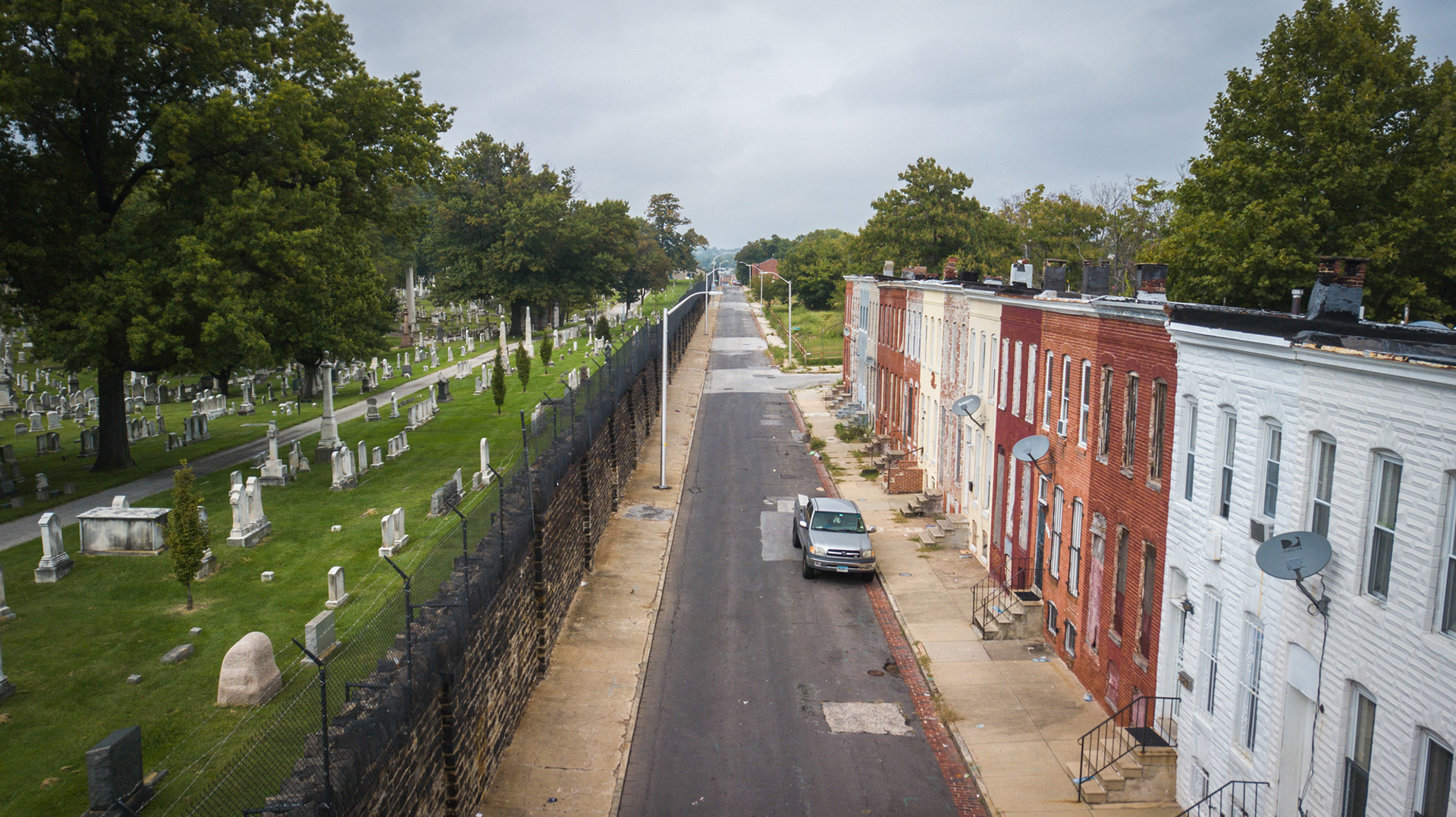
Abandoned row homes next to a cemetery in East Baltimore.
Inequality in Baltimore extends to property pricing, and is inextricably linked to gentrification. Certain areas of West Baltimore have been remodeled for up and coming young residents, while other properties, even just across the street, can sit dilapidated and empty.
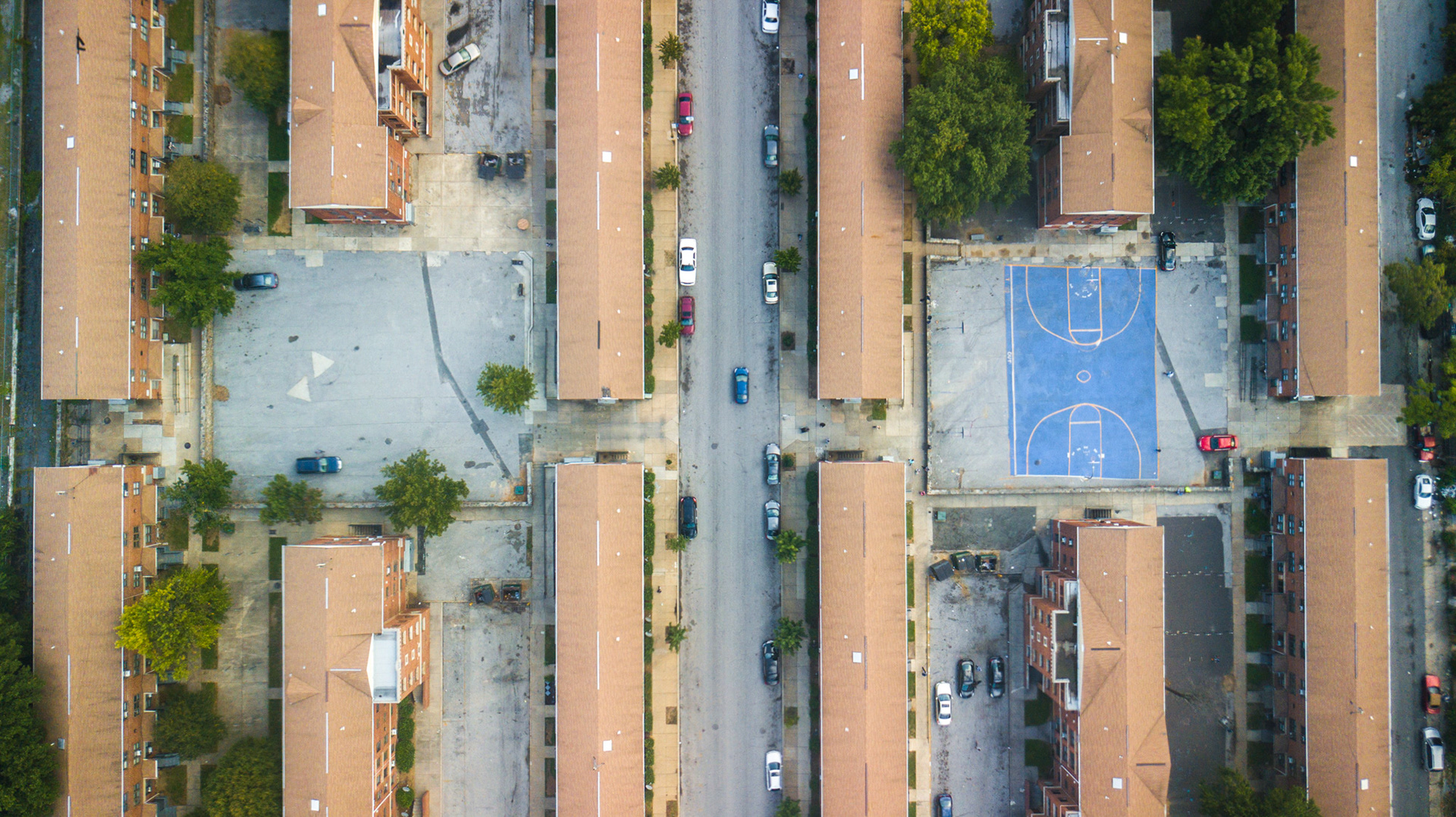
Freddie Gray's apartment complex in Baltimore.



